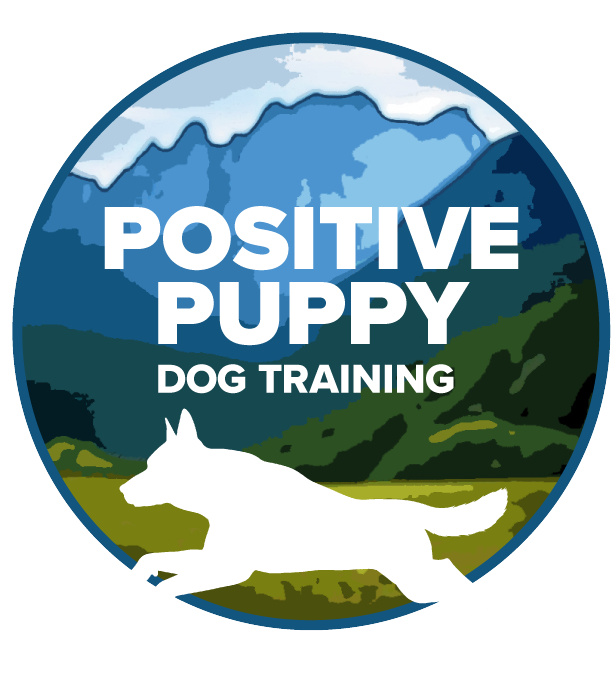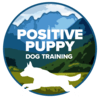When Dogs Abuse People
Every day I am approached by dog owners whose dogs have practically pulled their arm out of the socket, or jumped on them and knocked them down, or stolen an expensive turkey off the counter. In one incident years ago, I had a client whose dog actually pulled him over and broke his face requiring three reconstructive surgeries! Then the dog pulled over his wife that ended up having to go to physical therapy for six months for her back!! This was the epitome of the worst case I have ever seen. The work to make this dog safe was on the highest level of difficulty because the puppy was not taught respect and leadership early on.


